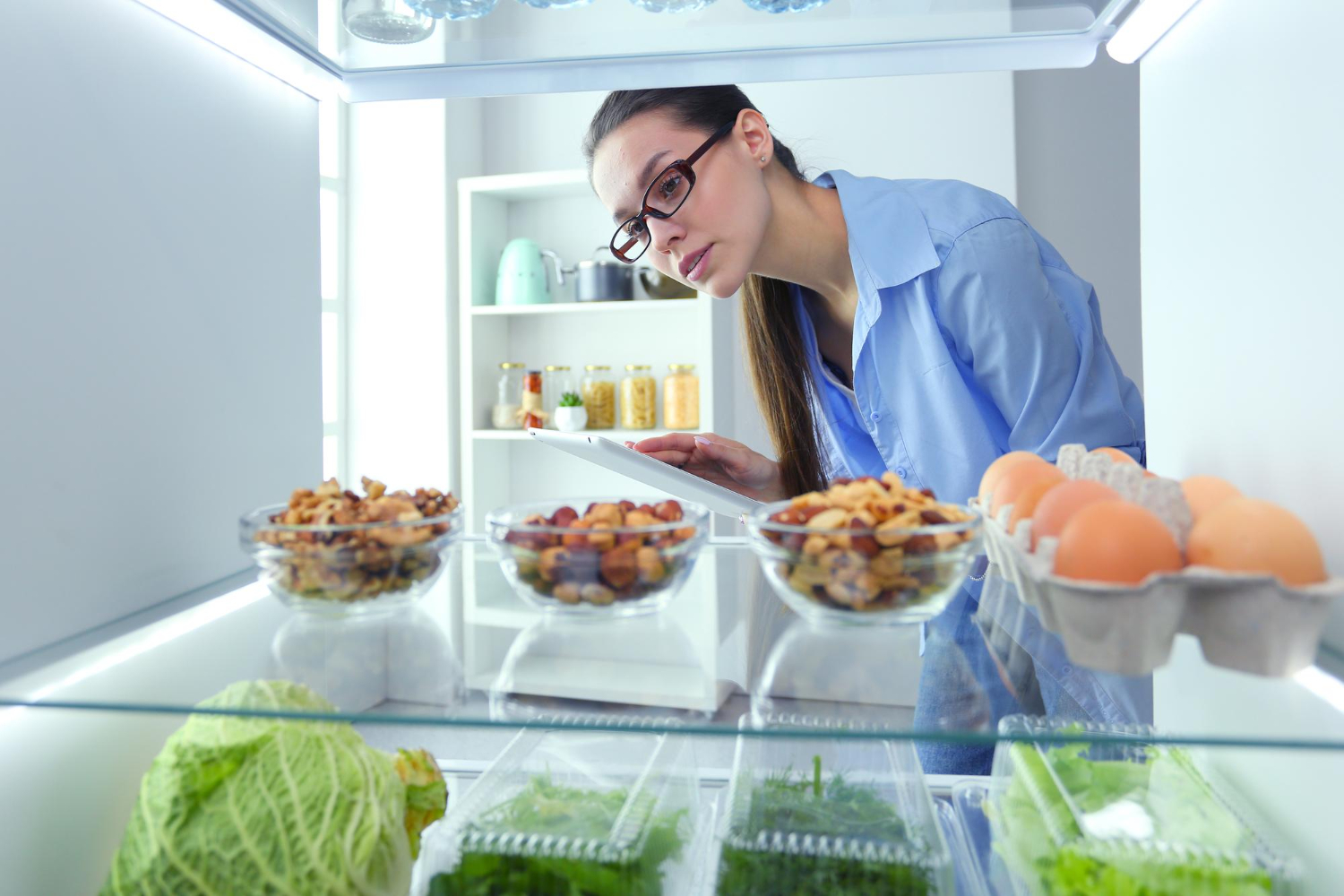
In commercial kitchens, there is often a need to cool down cooked food quickly in order to safely store it for use at a later date. It used to be thought that chilling it down to room temperature, followed by storage in a fridge was sufficient for most food applications. However we now know that the temperature of food needs to be reduced in a much more controlled manner. The only safe way to comply with the food safety regulations governing the chilling and freezing of cooked food is to use a blast chiller or blast freezer. Why can’t you use a standard fridge for this? Because a traditional fridge doesn’t chill the food quick enough.
One of the main features of a Blast Chiller is that it rapidly cools down your food until it’s at a safe point to store in a refrigerator. This happens by blasting the food with cooled air for an extended period of time. A standard blast chiller will chill from 70°C to 3°C in less than 90 minutes, and a blast freezer will chill from 70°C to -18°C in less than 240 minutes. A Williams blast chiller or freezer can pull down from 90°C meaning it’s safe for cooked food.
Slow cooling of food can lead to bacteria growth, if you don’t get your dish out of the ‘danger zone’ quick enough. This ‘danger zone’ is between 5°C and 63°C where bacteria grows most aggressively. Bacteria that have the chance to multiply cause food poisoning in two ways. They either multiply in foods in sufficient numbers to make us ill or, as they multiply, they produce poisons in the food that cause illness. Keeping food at the right temperature will prevent food poisoning bacteria from multiplying. The food needs to get past this stage as quickly as possible to remain safe to eat. Blast chilling combats this by chilling the food so quickly it spends much less time in this ‘danger zone’.
As food cools condensation builds up, causing soggy and overhydrated food. Blast chilling protects even the lightest food, meaning there is no impairment to flavour or appearance. Even very delicate food such as fish, fruit, desserts and fried food can be effectively blast chilled without affecting it. Once regenerated, you’d be hard pushed to tell the difference between a blast-chilled and a fresh product.
If you attempt to cool food down in a traditional fridge, you run the risk of overworking the refrigeration system as it fights to chill the hot food. This in turn wastes money and energy, and puts the working life of your fridge at risk. Blast Chillers are designed specifically for this purpose and so there is no risk of this happening if used correctly.
Unleash Your Potential: Elevate Your Abilities with Our Assessments.